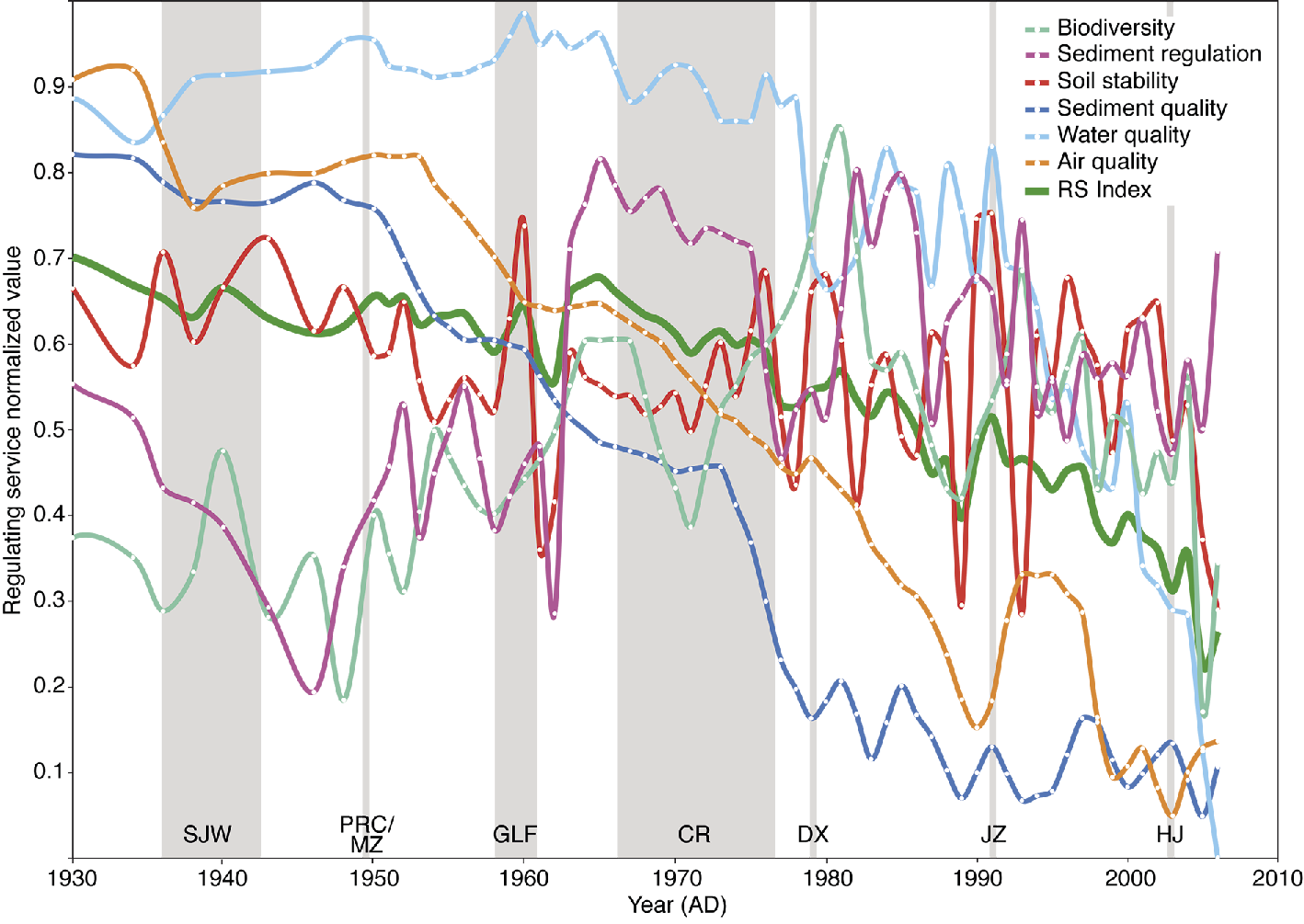- Home
- Publications
- PAGES Magazine
- Human-climate-ecosystem Interactions: Learning From The Past
Human-climate-ecosystem interactions: learning from the past
John Dearing and Peter Langdon
PAGES news
20(2)
99-100
2012
John Dearing and Peter Langdon
Geography and Environment, University of Southampton, UK; J.Dearing soton.ac.uk
soton.ac.uk
New Forest, UK, 4-6 January 2012
The annual discussion meeting of the Quaternary Research Association was held in the picturesque, winter landscape of the New Forest National Park in southern England. The overall theme of the meeting was “Quaternary Science and Society” and it proved to be popular, attracting over 100 attendees. The PAGES-Focus 4 sponsored open sessions “Human-climate-ecosystem interactions: learning from the past” took up four of the 10 sessions. PAGES helped to support eight early career researchers from Australia, Romania, the USA, and the UK to attend the Focus 4 sessions. The Focus 4 presentations were split into several groups. One group focused on the response of past human societies to climate change as reconstructed linking archeological and paleoecological data. Within that group Andy Dugmore (Edinburgh, UK) showed how resilience theory could be combined with detailed and interdisciplinary studies of past communities across the North Atlantic to explain the reasons for either social collapse or long-term sustainability. Michael Grant (Wessex, UK) described how the past trajectories of woodland species in the local New Forest were providing insight into modern day management of the woodlands. One of the PAGES-supported early-career researchers, Giri Kattel (Ballarat, Australia), used paleolimnological data to assess human-climate-ecosystem linkages illustrating how sediments in maar (crater) lakes could be used as recorders of climate regime shifts and to study adaptability of past ecosystems.
A second group of papers were methodology-centric with reports on the development of isotopic and bimolecular analyses, and on approaches to translate pollen records into land use cover. Virgil Dragusin (Bucharest, Romania) explored possible human-environment interactions during the Bronze and Iron Ages in SW Romania as recorded by carbon stable isotopes in speleothems. Joseph Williams (Kansas, USA) was drawn to the discussion of novel approaches in environmental and biodiversity change, such as the ongoing development of plant biomarkers and ancient DNA analysis. Hazel Reade (Cambridge, UK) assessed the paleoclimatic interpretation from the isotopic analysis of tooth enamel with regard to the archeological record of Northeastern Libya.
A third group linked paleoenvironmental studies to past and present socio-ecological resilience. Using multiproxy records, this group of studies revealed long-term interactions between climate, human activities and ecosystem services, the presence of thresholds and early warning signals, and reference conditions for conservation. Zhang Ke from Southampton (UK) shed light on recent attempts to use paleoenvrionmental records as proxies for ecosystem services in the lower Yangtze basin (Fig. 1). The paper by Wang Rong (Southampton, UK) examined the evidence for early warning indicators of eutrophication in lake sediments from southwestern China. And Helen Shaw (Lancaster, UK) assessed paleoecological and historical contributions to understanding sustainability, resilience, and ecosystem services within traditional pastoral management. The wide range of questions that were addressed across many geographical zones, served to emphasize the growing use of paleoenvironmental archives to understand human-environment interactions. Reflections on the meeting by recipients of PAGES support gave a flavor of the intellectual atmosphere and rapport generated during the meeting. One recipient commented that the meeting was timely: taking place not only when ecosystems are increasingly threatened by rapid climate change and human activities but when scientific communities across the globe are trying to find the best possible approaches to mitigate these effects. This meeting was a significant step toward our efforts for a comprehensive understanding of the human-climate-ecosystem interactions during the 21st century that help promote societal and ecosystem resilience against future climate change. The use of a range of proxy indicators to understand ecosystem response to climate and human drivers can help us develop not only management tools but also our theoretical understanding of ecosystem responses to multiple and complex forcing.
references
